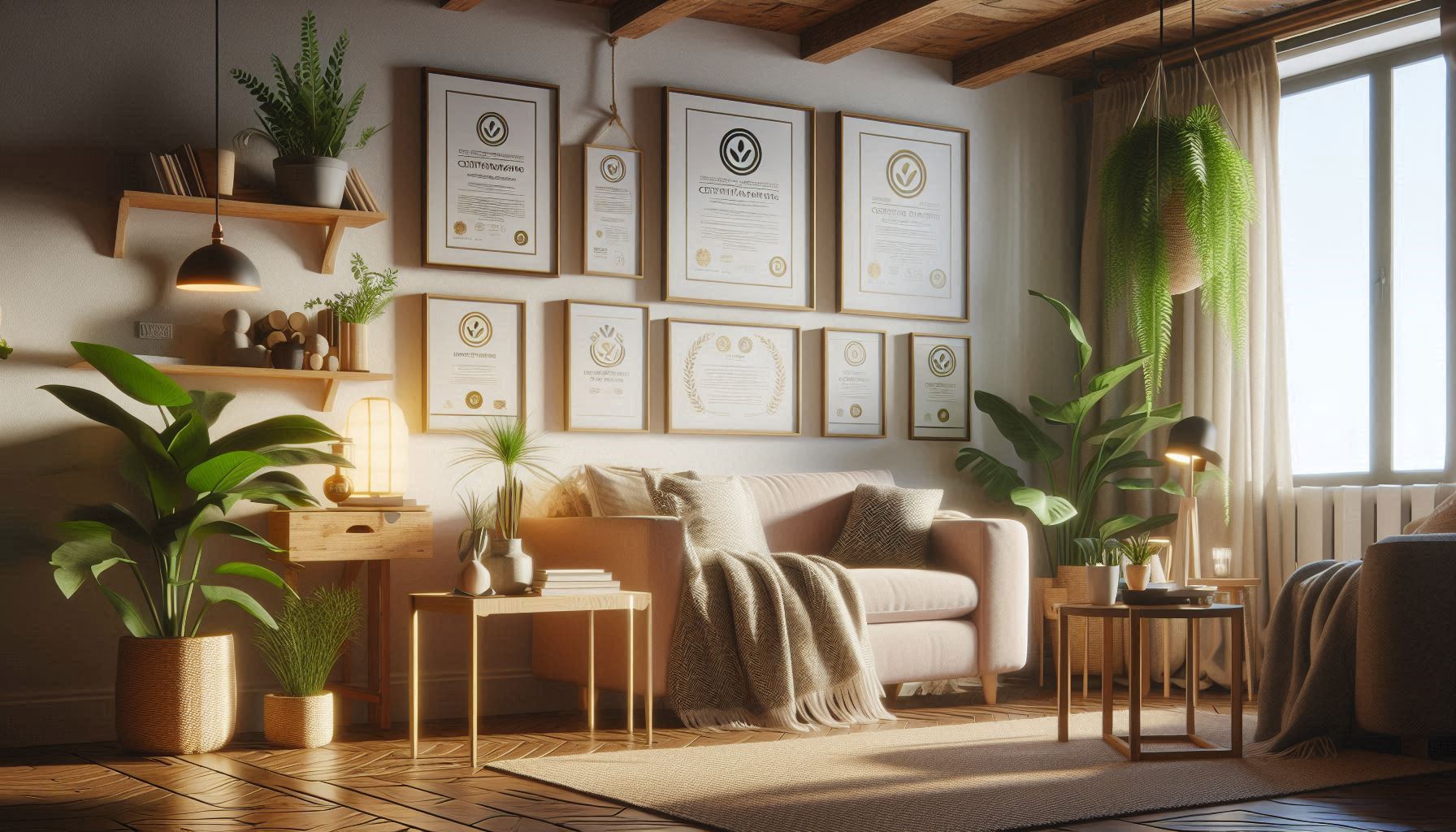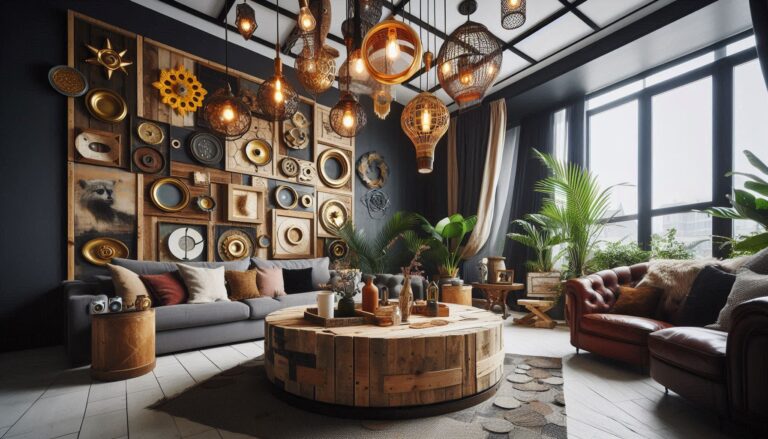Sustainable Interior Design Certifications: What You Need to Know

Sustainability is becoming a key focus in interior design, and obtaining relevant certifications can boost your career and show clients that you are committed to eco-friendly practices. Understanding which certifications are available and how they benefit both designers and clients is essential for integrating sustainability into your design process. Here’s what you need to know about sustainable interior design certifications.
1. LEED (Leadership in Energy and Environmental Design)
LEED is one of the most well-known certifications for green building design, focusing on sustainability in energy, water, materials, and indoor environmental quality. As an interior designer, obtaining LEED certification (such as LEED Green Associate or LEED AP Interior Design + Construction) can show that you are knowledgeable in sustainable design practices and can help clients achieve certification for their buildings.
2. WELL Building Standard
The WELL Building Standard focuses on the health and well-being of the people who use the space. It includes areas like air quality, lighting, nutrition, and fitness. This certification is ideal for interior designers who want to focus on creating spaces that support the physical and mental well-being of their clients while also being environmentally responsible.
3. Green Globes
Green Globes is a flexible and cost-effective alternative to LEED that evaluates the sustainability of a building, focusing on environmental impact and resource conservation. Green Globes offers a range of certifications, and it is particularly suited for interior designers working in commercial spaces who want to integrate sustainable practices with a focus on energy and water efficiency.
4. BREEAM (Building Research Establishment Environmental Assessment Method)
BREEAM is a certification that evaluates the environmental performance of buildings. While it is widely used in the UK and Europe, it is also recognized internationally. As an interior designer, becoming BREEAM accredited means you can guide your clients through the process of creating sustainable buildings that address everything from energy consumption to waste management.
5. Sustainable Interior Design Course Certifications
Many organizations and institutions offer certifications specifically tailored to interior design professionals who wish to specialize in sustainable design. These certifications typically cover topics like eco-friendly materials, waste reduction, energy efficiency, and indoor environmental quality. Examples include the Sustainable Interior Design Professional Certification offered by the Sustainable Furnishings Council and courses from the International Living Future Institute.
Conclusion
Sustainable interior design certifications can help set you apart in a competitive market, demonstrating your expertise in eco-friendly practices and your ability to help clients achieve their sustainability goals. By obtaining these credentials, you can add credibility to your work and position yourself as a leader in the growing field of green design.






